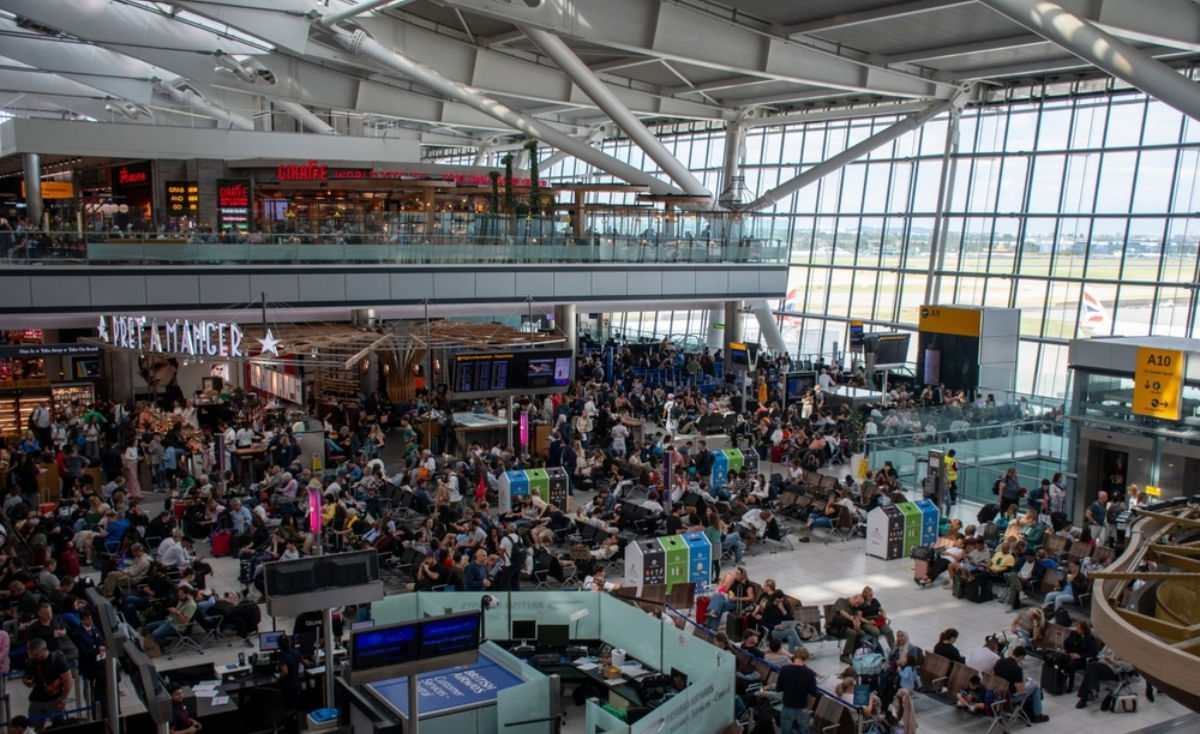Infra
London’s population bouncing back thanks to new arrivals since Covid, analysis shows – Centre for Cities

- London’s population fell during Covid by 75,000, the equivalent of the population of Tunbridge Wells
- But population bounced back strongly after pandemic restrictions ended and is now almost certainly higher than it has ever been
- Centre for Cities says delays to housing delivery and big infrastructure projects will constrain London’s potential
Four years after the first Covid restrictions, new research by Centre for Cities shows Londoners’ escape to the country during Covid was modest and short-lived.
London’s population fell by 75,500 people between mid-2019 and mid-2021 – a decline of 0.7 per cent or the equivalent of the population of a town the size of Tunbridge Wells – but with the addition of 66,000 people the following year the Capital is becoming a magnet for people again.
In its new briefing, Escape to the Country? How Covid changed London’s population, Centre for Cities finds that there was an increase in the number of people who quit the capital during the pandemic but this increase was relatively modest and an amplification of well-established trends:
- 191,000 more people left London than moved to it in 2020-21, up from an average of 103,000 in the five years before the pandemic.
- Of the leavers, those aged between 30 and 45 were most likely to leave, as was the case before the pandemic. The difference is that people were more likely to be childless than before 2020.
- And those who left continued to move to places a commute away from London or elsewhere in the Greater South East – 58 per cent of people moved to the South East or East regions of England, the same proportion as before the pandemic hit.
In a ‘race for space’ during Covid, people were more likely to move to a rural location in the Greater South East than was the case previously, but this trend too appeared to have fallen back from its 2020-21 peak in 2021-22 figures.
And for some inner London boroughs, such as Camden and Tower Hamlets, population inflows have since exceeded their pre-pandemic average. Rising rents suggest that the demand to live in the Capital has continued to increase.
Data is not yet available up to 2023 but, combined with the recovery in migration from abroad, London’s population had almost returned to its pre-pandemic peak by mid-2022 and is now likely to be well above it.
Andrew Carter, Chief Executive of Centre for Cities, said:
“While there was a ‘race for space’ during the pandemic, this data shows it to have been short lived. The population dip during Covid was considerably smaller than the figures in the hundreds of thousands that some predicted.
“The big challenges associated with London remain. London’s infrastructure is creaking under the weight of its population. Policymakers have to shake off any assumption that population changes mean questions over the housing shortage and infrastructure will solve themselves. Nor will smaller, less affluent places see huge influxes of professional workers with greater spending power.
“There are big decisions to make like continuing to invest in the public transport network, for example the Bakerloo Line extension and Crossrail 2, so that people can get around. Delays to big infrastructure projects and housing delivery will constrain London’s potential.”










